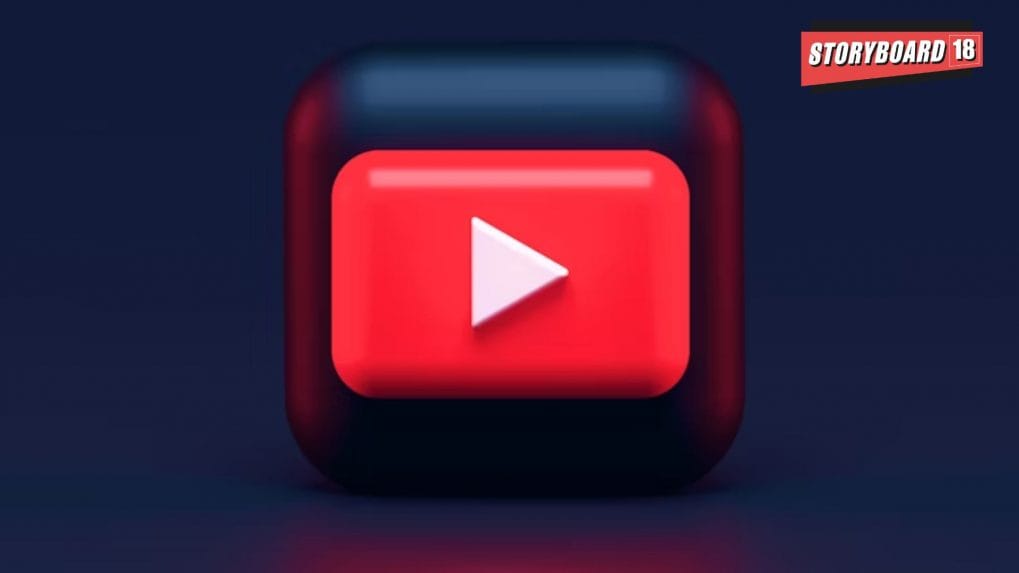Digital
Why OpenAI is hiring 100 ex-bankers: Inside the ChatGPT-maker's secret project to automate Wall Street's grunt work

YouTube on Wednesday announced the official launch of its long-awaited multi-language audio feature, enabling millions of creators to dub their videos in multiple languages and reach viewers across the globe, TechCrunch reported. The rollout will happen gradually over the coming weeks.
The feature was first introduced in 2023 as a pilot with select creators including MrBeast, Mark Rober, and Jamie Oliver, who initially relied on third-party dubbing services.
YouTube has since integrated an AI-powered auto-dubbing tool based on Google's Gemini technology, designed to replicate creators' tone and emotions while translating their content.
According to YouTube, the results during testing were significant. Creators who uploaded multi-language audio tracks reported that more than 25% of their watch time from non-primary languages. Jamie Oliver's channel alone saw its viewers triple after adopting the feature.
In addition, YouTube is experimenting with multi-language thumbnails. Since June, a select group of creators has been able to localize thumbnail text in viewers' preferred languages.
The move is expected to help creators better connect with international audiences and improve click-through rates on videos, the report added.
From purpose-driven work and narrative-rich brand films to AI-enabled ideas and creator-led collaborations, the awards reflect the full spectrum of modern creativity.
Read MoreIn a wide-ranging interview with Storyboard18, Sorrell delivers his frankest assessment yet of how the deal will redefine creativity, media, and talent across markets.